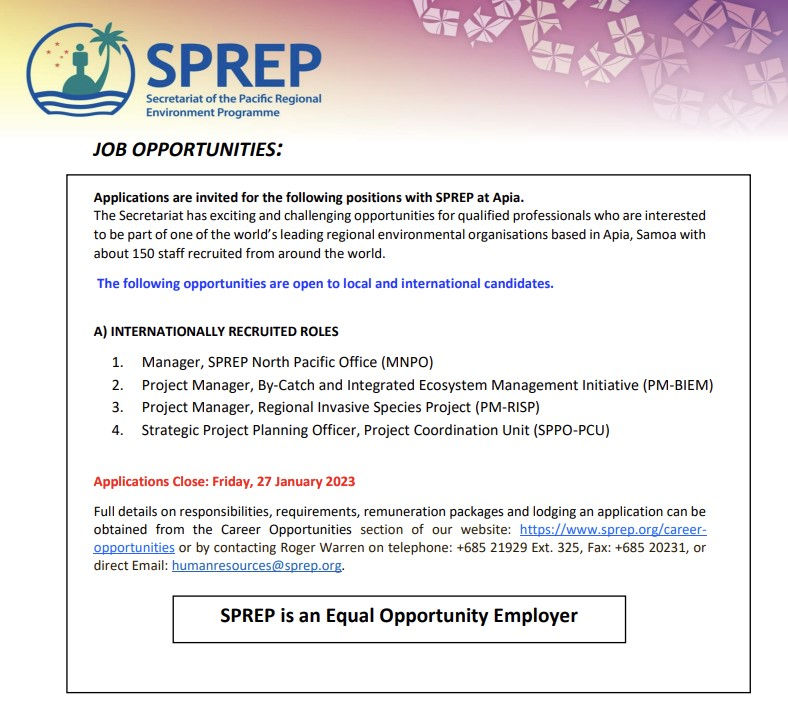One person is diagnosed with cancer every day in Guam
- Admin

- Dec 29, 2022
- 3 min read

By Pacific Island Times News Staff
On average, one person is diagnosed with cancer every day in Guam based on an age-adjusted rate for every 100,000 people and one resident dies of cancer every 2.3 days.
These are among the highlights of the cancer statistics on island based on the latest edition of the “Guam Cancer Facts and Figures," which covers the 2013-2017 period.
“We have sufficient data to examine trends and to determine which areas in cancer prevention and control stand out as service and resource priorities. By translating these data into action through policies and programs, we hope to reverse the growing burden of cancer in Guam,” according to a joint message from Rachael Leon Guerrero, vice provost for Research and Sponsored Programs at UOG and director of the Guam Cancer Registry; and the late Margaret Hattori-Uchima, Dean of the School of Health who passed away on Dec. 26.
Statistics indicated that Pacific Islanders and Filipinos, whose communities comprise the majority of Guam's population, remain underserved minorities with high rates of particular cancers and other non-communicable diseases.
"Our underserved communities in Guam have a greater likelihood of developing and dying from certain cancers due to disparities in access to healthcare and certain lifestyle choices such as tobacco and alcohol use, physical activity, and diet," the joint message reads.
Cancer remains the second-highest leading cause of death in Guam next to cardiovascular diseases.
Dr. Delores Lee, the lead author of the publication, said screening saves lives.
“I have seen it help detect cancer early – when it’s treatable,” she said.
Based on the 2013-2017 data:
Most cancer deaths are from lung, colorectal, liver and breast, as these account for more than half of all cancer deaths.
Lung cancer is the leading cause of cancer death among males and females.
Males account for a higher number of new cases and deaths than females.
About 1.5% of new cancer cases were diagnosed in persons 0-24 years of age and 43% of new cases were diagnosed in persons with ages 65 years and older.
Data from 2013-2017 suggest that new cancer cases declined 13.9% compared with the prior five-year period, but this may be due in part to a change in data reporting. Only invasive cases were included in 2013-2017.
Cancer of the lung and bronchus was the leading cause of cancer deaths in males and females. Cigarette smoking, exposure to secondhand smoke, radiation exposure, and occupational exposure to smoking are among the risk factors associated with lung cancer.
By ethnicity, Micronesians – defined as people from the Federated States of Micronesia, Palau and the Marshall Islands – had the highest cancer incidence rates (438) compared to 280 overall in Guam. Their rates for liver cancer incidence were nearly five times higher than those in the United States and three times higher than Guam’s overall.
CHamorus had the highest age-adjusted incidence rates in cancers of the nasopharynx (the upper part of the throat that starts at the back of the nasal cavity), esophagus, urinary bladder, and leukemia.
ADVERTISEMENT
“Guam Cancer Facts and Figures" is a joint project of the Guam Cancer Registry under the Office of Research and Sponsored Programs at the University of Guam, the Guam Comprehensive Cancer Control Coalition, and the Department of Public Health and Social Services.
Work on the next five-year report begins in about a year.
According to the publication, social determinants of health are central to the issue of cancer and cancer disparities.
"Social determinants of health are the conditions that people are born into, in which they live, work, and grow, and the wider set of systems that affect their lives, health risks, and health outcomes," the publication said.
"Examples of conventional social determinants include but are not limited to income, education, housing quality, employment status, health insurance status, racism, and discrimination,"
In Micronesia, some examples of social determinants of health include climate change, U.S. thermonuclear weapons testing, cultural disruption, political status,
and access to healthcare.
The publication was funded by the Office of Research and Sponsored Programs and the Department of Public Health and Social Services through the National Cancer Institute of the National Institutes of Health and the U.S. Centers for Disease Control and Prevention.
Subscribe to
our digital
monthly edition







